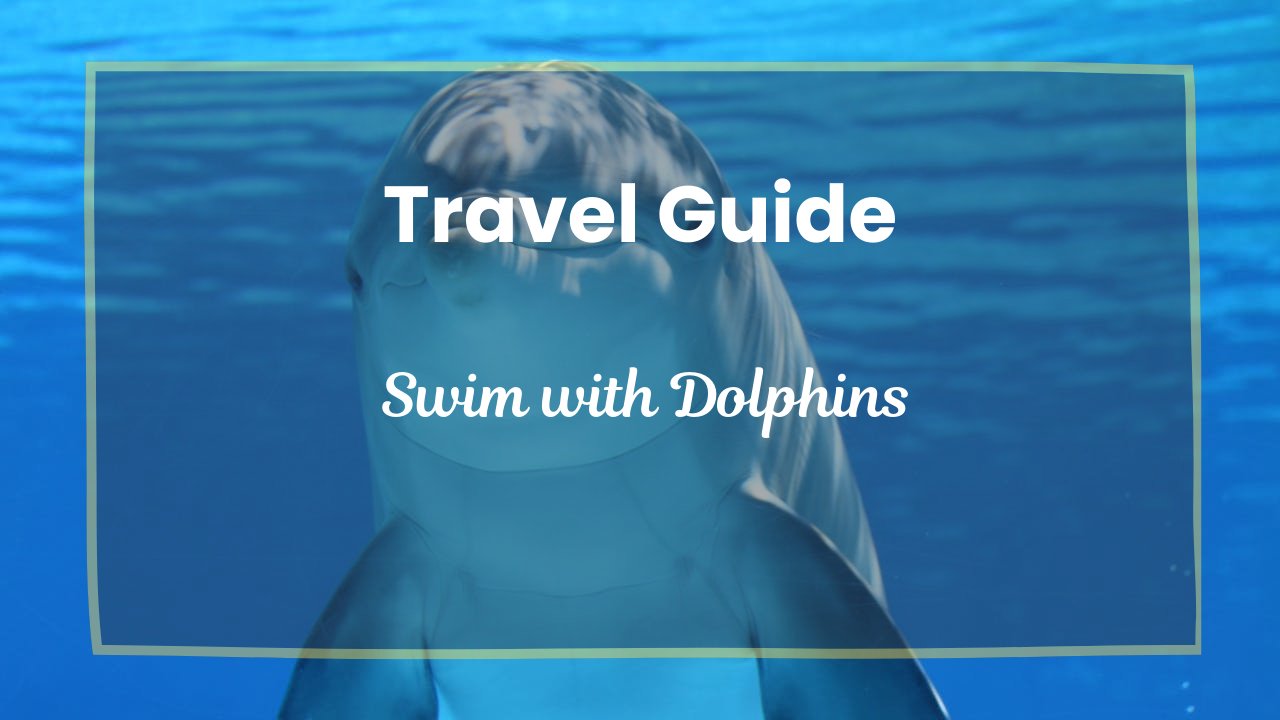Top Places to Swim with Dolphins Around the World
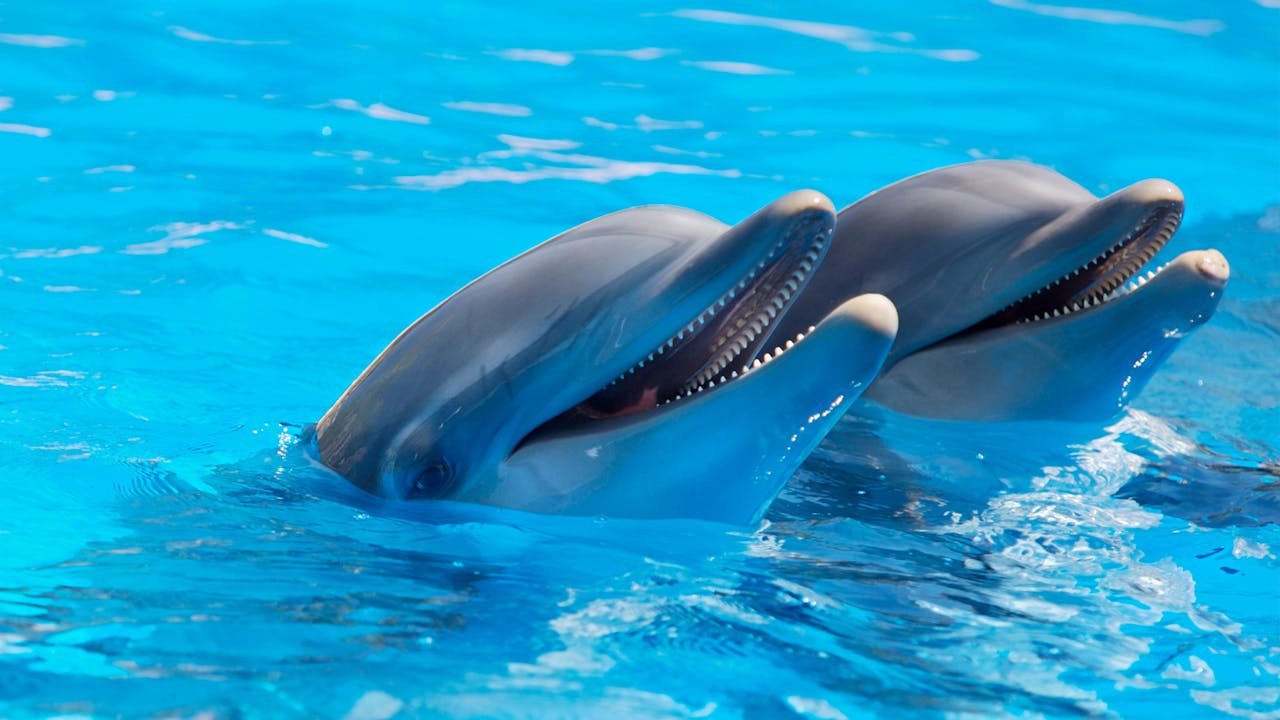 Swimming with dolphins is one of the most magical wildlife experiences. Whether in the wild or a controlled environment, the chance to interact closely with these intelligent, playful creatures creates lasting memories and a deeper appreciation for marine life.
Swimming with dolphins is one of the most magical wildlife experiences. Whether in the wild or a controlled environment, the chance to interact closely with these intelligent, playful creatures creates lasting memories and a deeper appreciation for marine life.
If you’ve ever dreamed of a hands-on encounter with dolphins, this guide will cover everything you need to know, from top destinations and what to expect to ethical considerations and preparation tips.
Why Swim with Dolphins?
Dolphins are not just beautiful animals; they’re highly intelligent, social mammals known for their curiosity and friendly behavior toward humans. Swimming with dolphins offers more than just entertainment — it has proven emotional and psychological benefits:
- Emotional Healing and Stress Relief: Studies suggest dolphin-assisted therapy can reduce stress, anxiety, and depression symptoms. Dolphins’ calming presence and playful interactions promote relaxation and joy.
- Connection to Nature: Dolphins embody freedom and vitality in the ocean. Swimming with them fosters a profound connection to the natural world and an increased desire to protect marine ecosystems.
- Unforgettable Experience: The sensory and emotional impact of touching, swimming alongside, and observing dolphin behavior in their natural habitat is unlike any other wildlife encounter.
The experience can shift your perspective, making you more mindful about ocean conservation and the delicate balance of marine life.
Top Destinations to Swim with Dolphins
If you want to swim with dolphins, choosing the right location is crucial for an authentic, safe, and ethical experience. The quality of your encounter depends heavily on the location’s commitment to animal welfare, the environment, and the overall visitor experience.
Here are some top destinations that consistently rank as the best spots for dolphin swims worldwide, combining breathtaking natural settings with strong conservation practices.
Kenya – Wild Dolphin Adventures in the Indian Ocean
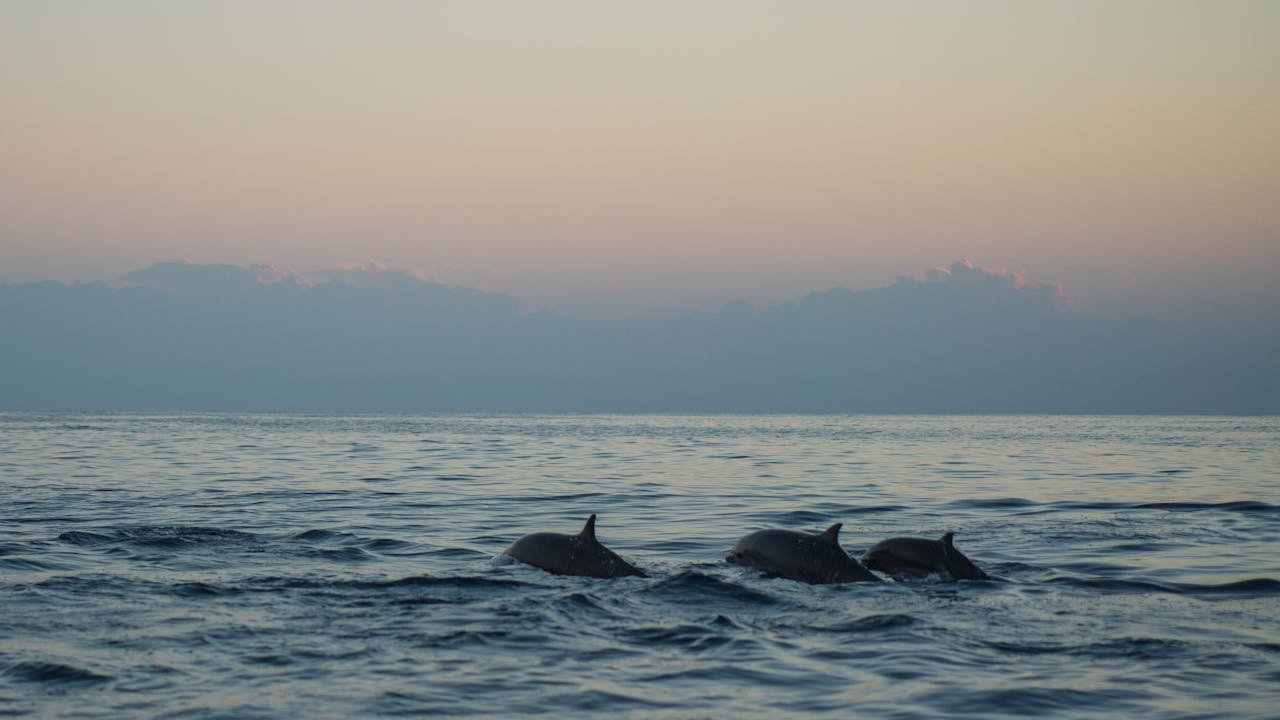
Kenya’s coastline along the Indian Ocean offers one of the most extraordinary opportunities to swim with wild dolphins in their natural environment. Especially around Wasini Island and Kisite Marine Park, visitors are taken out on small traditional dhow boats or motorized boats into pristine waters, where pods of wild dolphins swim freely.
Experience: These trips offer a rare chance to swim alongside pods of wild dolphins. The dolphins are curious and often approach swimmers voluntarily, creating unforgettable, spontaneous interactions. Unlike captive dolphin experiences, these swims happen in an unconfined, natural habitat, allowing you to witness genuine dolphin behavior like hunting, playing, and socializing.
Conservation: Kenyan tour operators like Dreamtua prioritize sustainable tourism. Strict guidelines prevent boats from overcrowding dolphin pods or disrupting their natural behaviors. Local communities also benefit from eco-tourism, which incentivizes the protection of marine ecosystems.
- Best Time to Visit: Kenya offers year-round dolphin sightings, but the months between November and March are known for higher dolphin activity and calmer seas, ideal for swimming.
Mexico – Dolphin Discovery Resorts
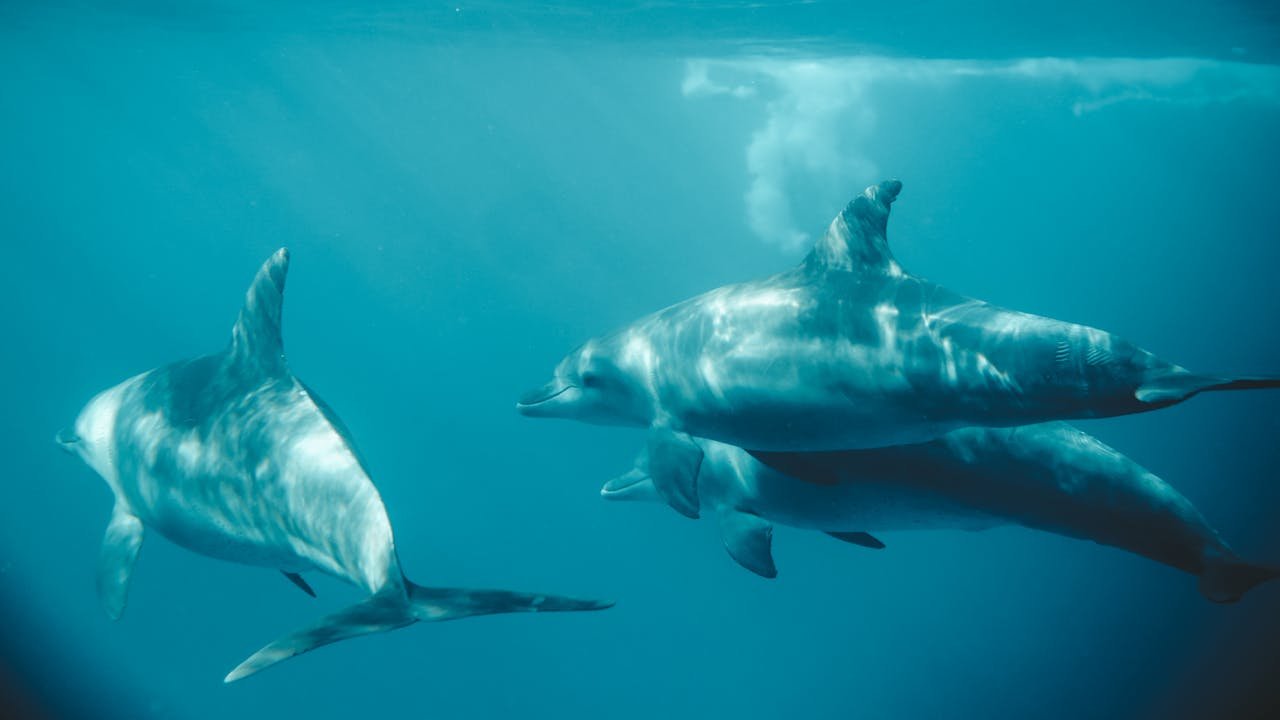
Dolphin Discovery is a leading operator with multiple locations along Mexico’s Caribbean and Pacific coasts, including hotspots like Cancun, Cozumel, and Isla Mujeres.
Experience: Dolphin Discovery offers a spectrum of swim programs, catering to all skill levels and interests. You can opt for shallow water interactions ideal for families and first-timers, or adventurous deep-water swims. Programs also include unique experiences such as “Royal Swims,” where you can engage in more advanced behaviors under trainer supervision.
Facilities: These centers are professionally managed, combining modern infrastructure with high standards of animal welfare and care. Clean, well-maintained pools and lagoons ensure safe, enjoyable encounters.
Extras: Many locations offer educational tours, behind-the-scenes visits to the dolphin care areas, and workshops about marine conservation. These programs educate visitors on the importance of protecting dolphin habitats and promote awareness of ocean health.
Florida, USA – Dolphins Plus
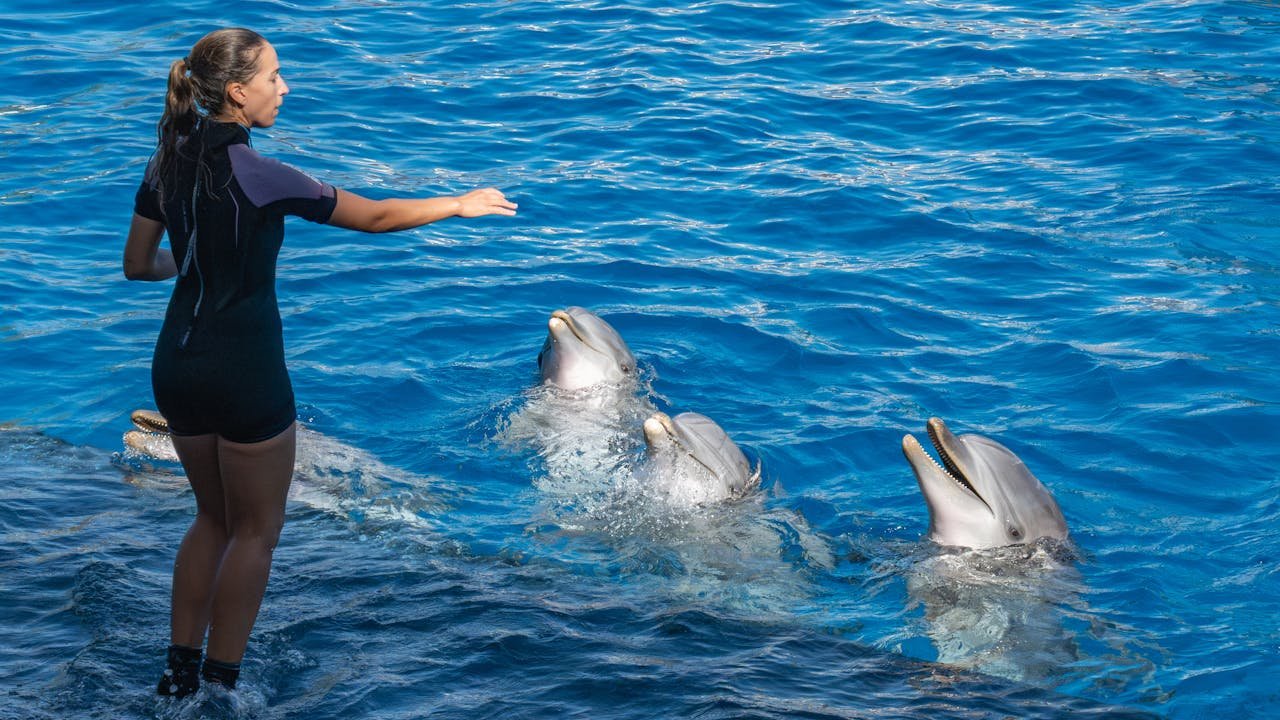
Located in Key Largo, Florida, Dolphins Plus is a reputable dolphin swim facility known for blending education, conservation, and recreation.
Experience: The program includes interactive swims, during which participants can interact directly with dolphins, and educational tours focused on dolphin biology, communication, and conservation efforts. Dolphins Plus emphasizes respect and trust-building between humans and animals.
Accreditations: Dolphins Plus is accredited by prominent organizations such as AMMPA (Alliance of Marine Mammal Parks and Aquariums) and complies with strict animal welfare standards.
Special Programs: In addition to typical swims, Dolphins Plus offers participants opportunities to learn about dolphin training techniques and participate in conservation initiatives, such as rescue and rehabilitation programs.
Other Noteworthy Locations
Hawaii: Off the coast of Maui, wild dolphins swim. You can join pods of spinner dolphins in their natural Pacific Ocean environment. These tours combine snorkeling with dolphin watching.
Bahamas: Atlantis Paradise Island is a luxury resort that offers dolphin encounters, focusing on shallow-water swims and educational interactions.
Australia: The Great Barrier Reef and Monkey Mia are world-renowned for their wild dolphin populations, where you can swim and observe dolphins amid stunning coral reefs and crystal-clear waters.
What to Expect During a Dolphin Swim
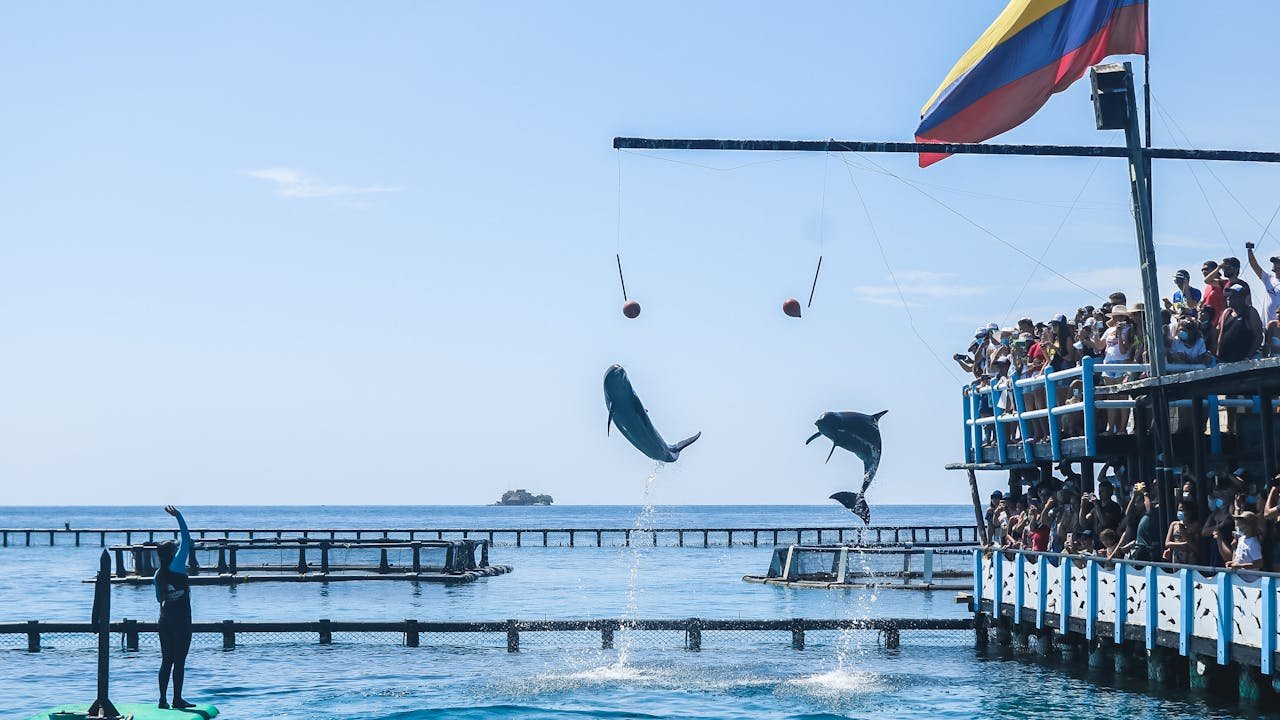
Understanding the typical flow of a dolphin swim program will help you prepare mentally and physically, so you know exactly what to expect and how to make the most of your experience.
Pre-Swim Briefing
Most reputable dolphin swim programs begin with an in-depth briefing before you enter the water. This is not just a formality — it’s crucial for your safety and the well-being of the dolphins.
Dolphin Behavior Education
Trainers explain how dolphins communicate and behave, teaching you signs of stress or discomfort to watch for. This helps ensure your interactions are respectful and non-disruptive.
Safety Rules
Clear instructions are given on how to safely enter and exit the water, what to do if a dolphin approaches, and how to position yourself in the water to avoid injury to both you and the animals.
Program Overview
You’ll learn what activities you’ll be doing, such as “dorsal tows” (holding onto the dolphin’s dorsal fin), belly rides, or handshakes. This sets expectations and builds excitement.
The Swim Experience
Depending on the program, your time in the water may include several phases:
Observation
Some programs begin with watching dolphins swim and interact from a boat or shallow water area, allowing you to acclimate.
Close Interaction
Under trainer guidance, you’ll enter the water for direct interaction. This might involve touching the dolphins gently, swimming alongside them, or participating in simple games that mimic natural dolphin play.
Guided Exercises
Trainers often encourage you to use hand signals or perform actions dolphins respond to, such as waving or clapping, which deepens the connection and interaction.
Wild Encounters
In wild swims (like in Kenya), the experience is less structured. Dolphins freely approach or swim nearby, creating an organic and often unpredictable experience.
Post-Swim Debrief
Once the swim concludes, many programs offer a wrap-up session to enhance your learning and preserve your memories.
Photo and Video Opportunities
Professional photographers may provide you with high-quality photos and videos of your swim, allowing you to relive the moment or share it with others.
Conservation Education
Guides often share tips on how you can contribute to marine conservation efforts, both locally and globally, encouraging responsible tourism and environmental stewardship.
Choosing the Right Program for You
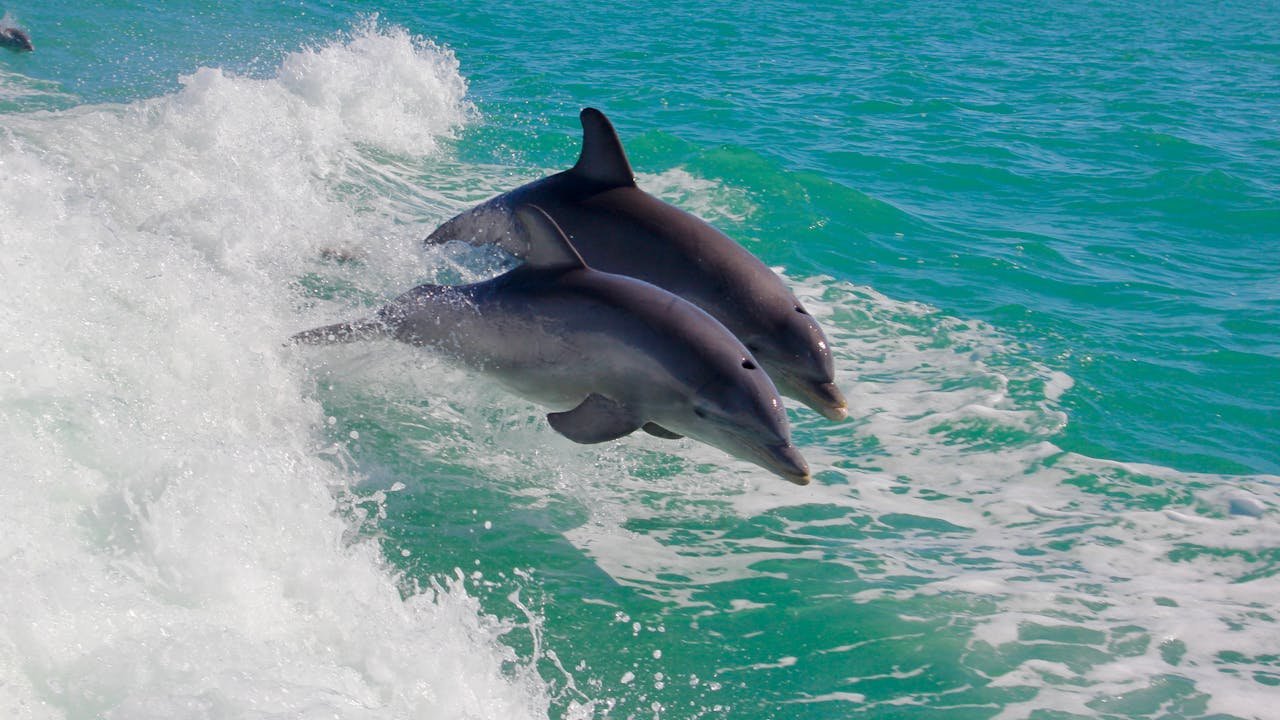
Dolphin swim programs vary widely in format, setting, and interaction level. Choosing the right one depends on your preferences, swimming ability, comfort level, and ethical values. Below is a detailed overview of the common types of dolphin swim programs to help you find the perfect fit for your adventure.
Shallow Water Encounters
These are the most accessible and beginner-friendly dolphin swim experiences.
Who It’s For: It is ideal for families with children, older adults, and anyone new to swimming with marine mammals.
Setting: Usually conducted in controlled environments such as specially designed shallow pools, lagoons, or calm bays.
Interaction Style: Guided by trainers, you can touch, hug, and play with dolphins in a safe, supervised setting. Because the water is shallow, participants can stand or swim easily.
Benefits: This format minimizes risk and provides a comfortable environment for first-time swimmers or those nervous around wildlife.
Examples: Facilities like Dolphin Discovery in Mexico or Dolphins Plus in Florida offer these types of encounters.
Deep Water Swims
Designed for more experienced swimmers and adventure seekers who want a more immersive experience.
Who It’s For: Suitable for confident swimmers comfortable in open water or ocean conditions.
Setting: It takes place in the open ocean, deeper bays, or large natural lagoons, sometimes involving wild dolphins.
Interaction Style: You swim alongside dolphins freely, often guided by trainers but with greater freedom and spontaneity.
Challenges: Requires stronger swimming skills and comfort in deeper, possibly unpredictable waters.
Benefits: Offers a more natural, exhilarating encounter that mimics dolphin behavior in the wild.
Interactive Training Programs
These programs go beyond casual swimming and involve educational, hands-on experiences.
Who It’s For: Great for marine biology enthusiasts, students, or anyone interested in dolphin behavior and conservation.
Setting: Typically held in dolphin centers with trained staff and structured sessions.
Interaction Style: Participants learn how trainers communicate with dolphins, assist in training exercises, and gain insight into dolphin cognition and care.
Benefits: Combines education with interaction, deepening your understanding and connection with dolphins while supporting conservation efforts.
Wild Dolphin Tours
For those seeking a purely natural experience with minimal human impact.
Who It’s For: Ideal for nature lovers who want to observe and potentially swim with dolphins in the wild without confinement.
Setting: Takes place in natural ocean habitats, often on small boats that track dolphin pods.
Interaction Style: Mainly observational with optional swim-ins if dolphins approach willingly.
Considerations: Respect for the unpredictability of the ocean and dolphins’ behavior is required. Weather and animal movement can affect opportunities.
Benefits: Provides the most authentic dolphin experience, emphasizing wildlife welfare and ecological balance.
Safety and Ethical Considerations
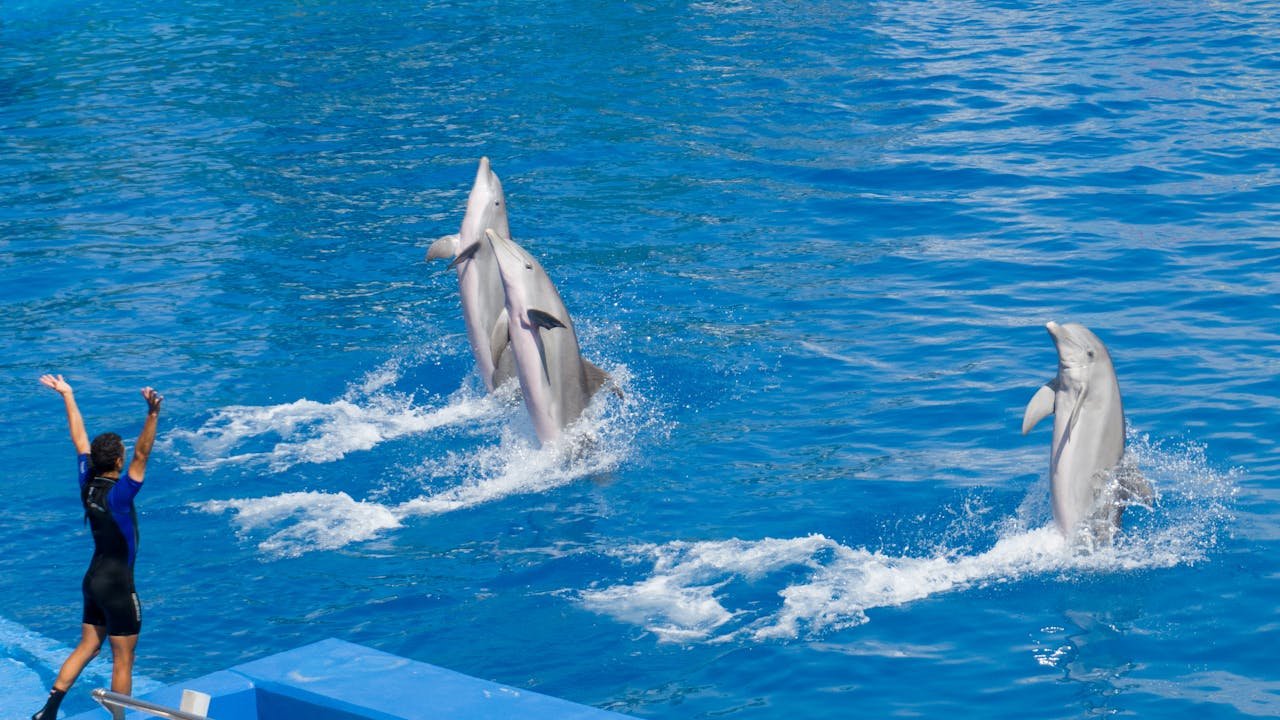
Not all dolphin swim experiences are equal in quality or ethics. To protect yourself and the dolphins, it’s critical to choose programs that prioritize safety and responsible interaction.
Ethical Tourism Matters
1. Choose Certified Operators
Seek out operators accredited by respected marine animal welfare organizations such as AMMPA (Alliance of Marine Mammal Parks and Aquariums) or IMATA (International Marine Animal Trainers Association). These certifications ensure adherence to high animal care and ethical standards.
2. No Forced Interactions
Dolphins should never be coerced or forced into interaction. Respect their natural behavior and allow them the freedom to approach or leave as they wish. Programs that rely on pushing dolphins into contact often compromise animal welfare.
3. No Breeding or Capture Programs
Avoid facilities that support or profit from dolphin capture, breeding, or exploitation. Ethical programs focus on rescue, rehabilitation, or sanctuary efforts rather than commercial breeding.
Personal Safety Tips
- Follow Instructions Carefully: Always listen to your trainers and guides. They are trained to ensure your safety and the dolphins’ welfare.
- Be Physically Prepared: Especially in wild or deep-water swims, ensure you are physically fit and comfortable swimming in open water. Don’t overestimate your abilities.
- Wear Appropriate Gear: Use life jackets, wetsuits, or snorkeling equipment as recommended by the program. Proper gear improves safety and comfort.
- Health Precautions: If you have respiratory or cardiovascular issues, consult your doctor before participating in water activities.
Choosing the right program and prioritizing safety and ethics will ensure a memorable and joyful experience and contribute to the protection and preservation of these incredible marine mammals.
Frequently Asked Questions (FAQs)
Is swimming with dolphins safe?
Yes, when done with reputable operators who follow strict safety guidelines. Trainers supervise interactions to minimize risks.
Can anyone swim with dolphins?
Most programs cater to various ages and swimming abilities, but deep-water swims may require stronger swimming skills.
Are wild dolphin swims better than captive programs?
Wild swims offer a more natural experience and support conservation, but they depend on the dolphins’ cooperation and weather conditions.
How much does a dolphin swim cost?
Prices vary widely depending on location and program, generally ranging from $50 to $250 USD.
How can I ensure the dolphins are treated ethically?
Research operators beforehand. Look for accreditations, reviews, and clear conservation policies.
Conclusion
Swimming with dolphins is far more than just a tourist activity—it’s an opportunity to connect deeply with one of nature’s most fascinating creatures. Whether you choose a wild swim in the warm waters of Kenya or a professionally managed encounter in Florida, the experience leaves you with lasting memories and a heightened awareness of marine conservation.
So, if you’re ready to swim with dolphins, take the plunge with a responsible program and discover why millions worldwide are captivated by this extraordinary experience.

